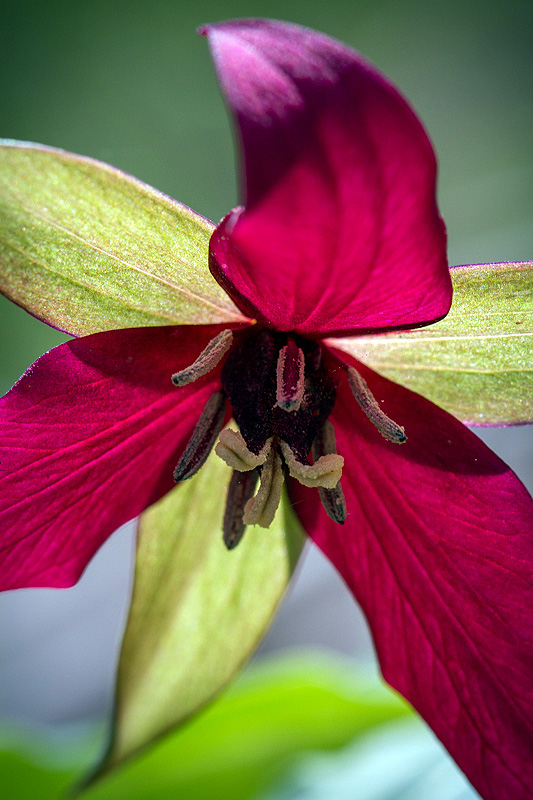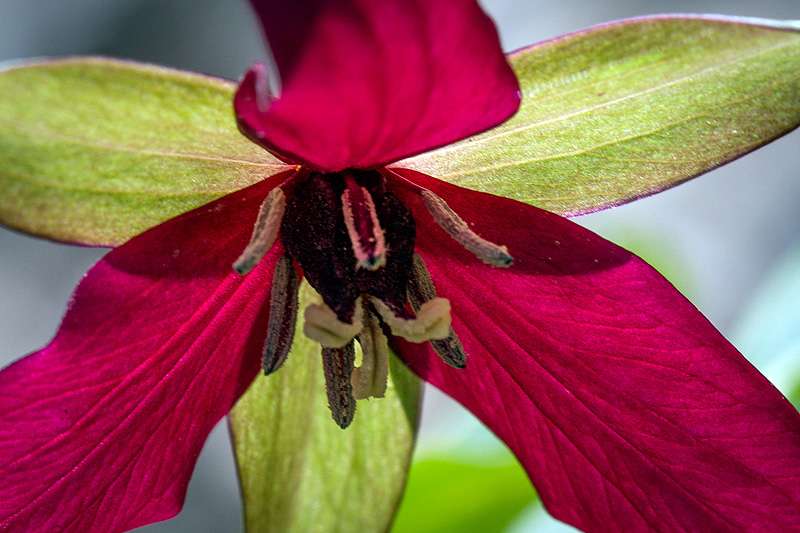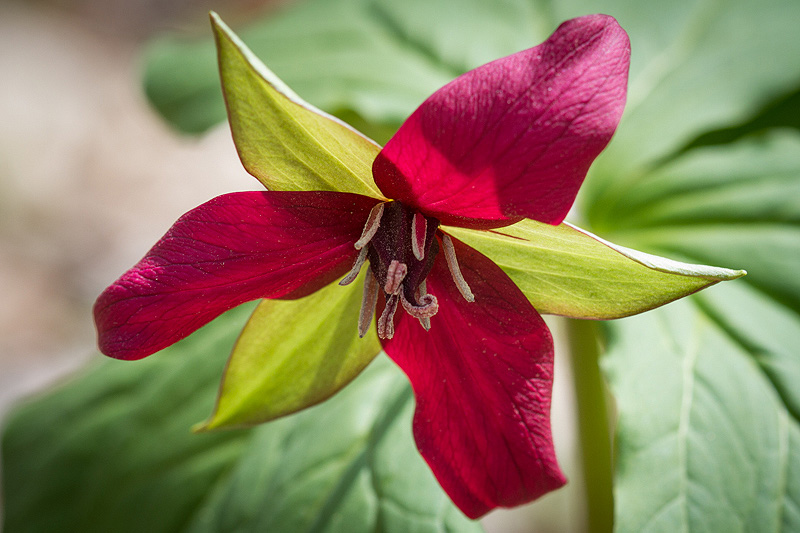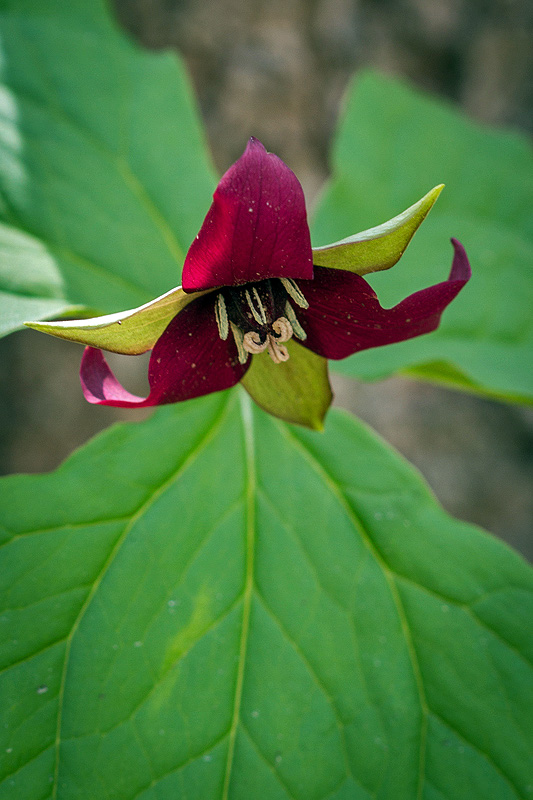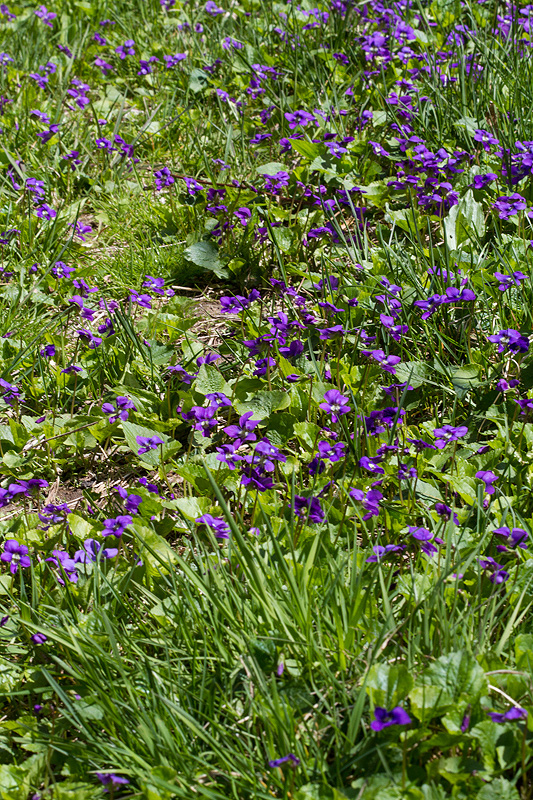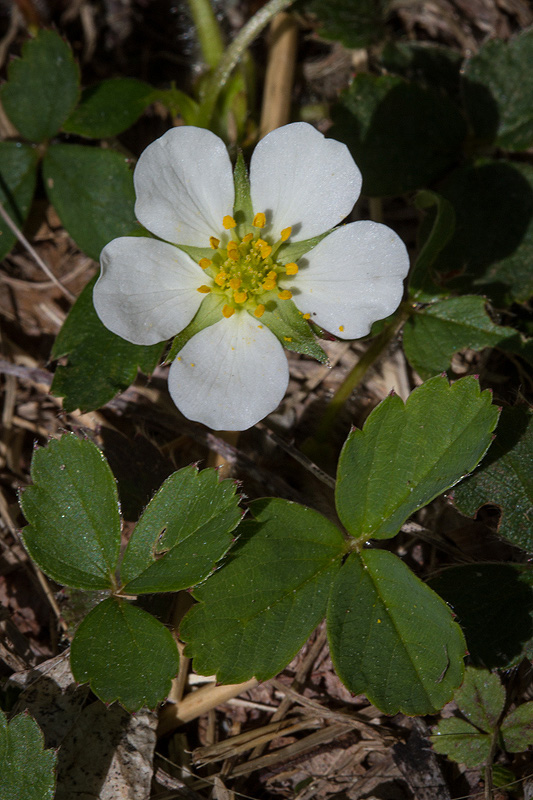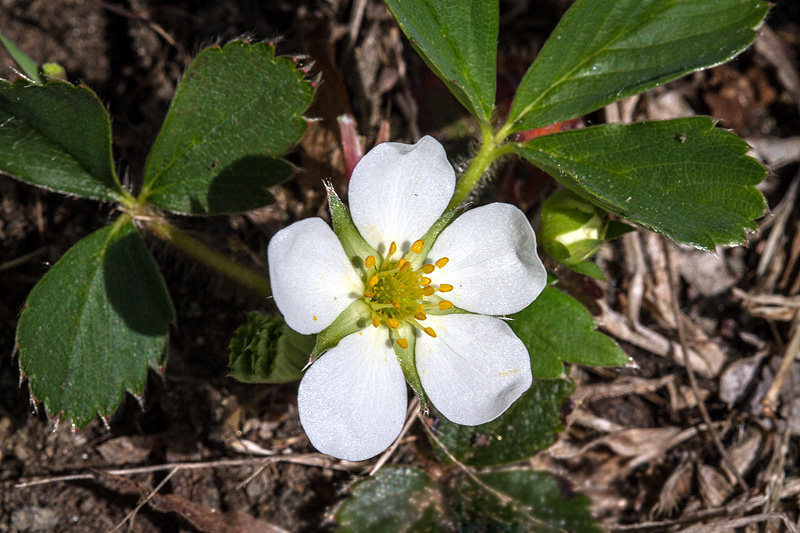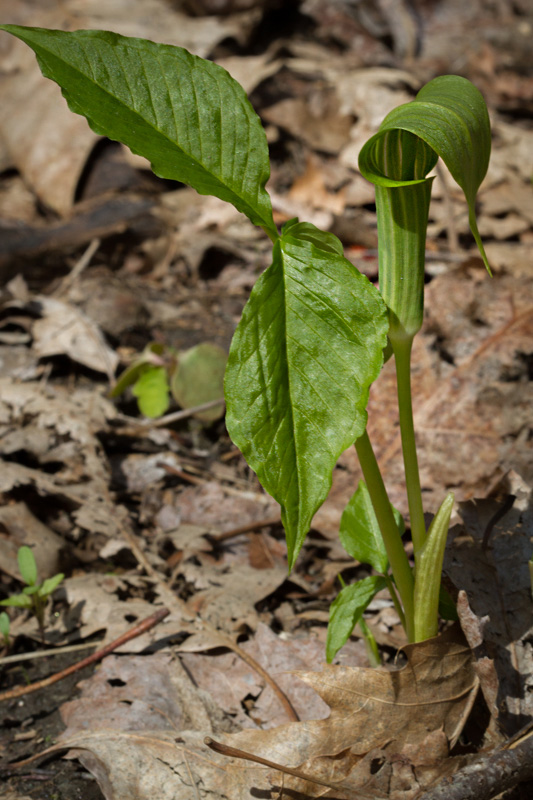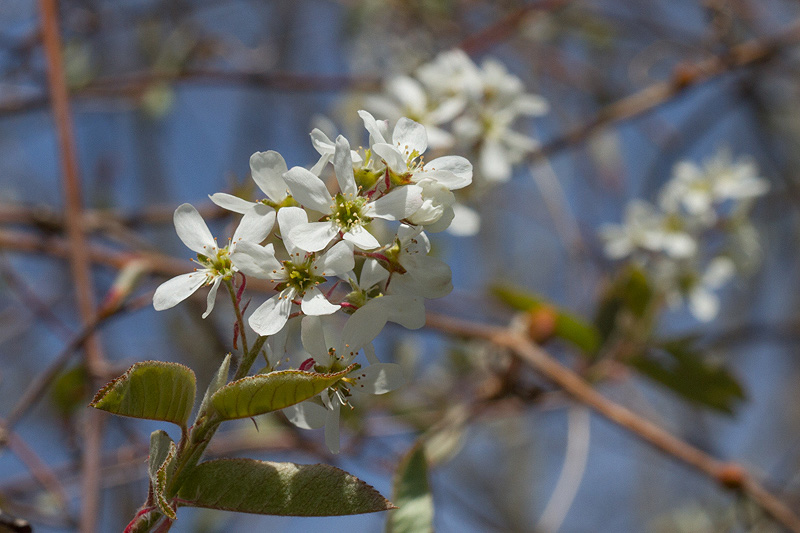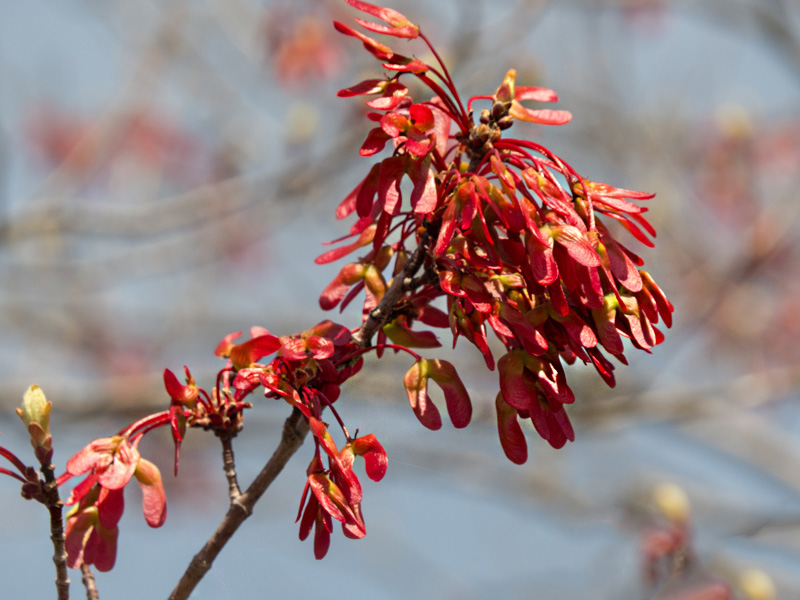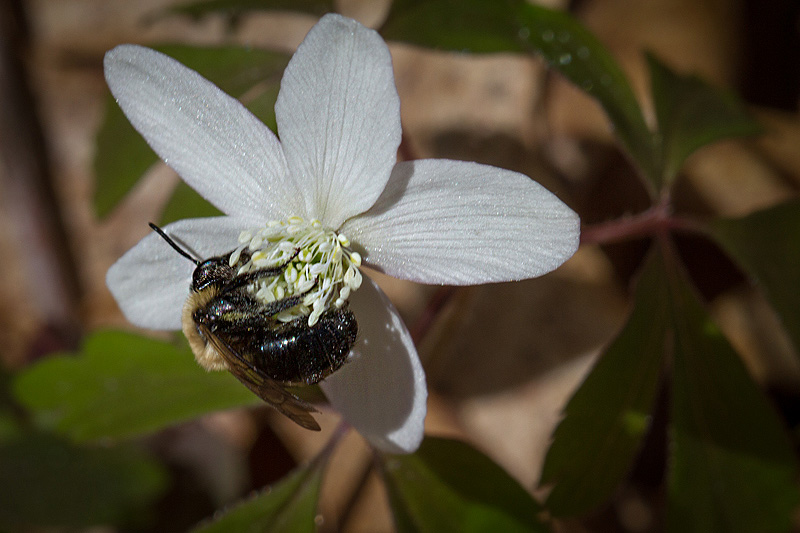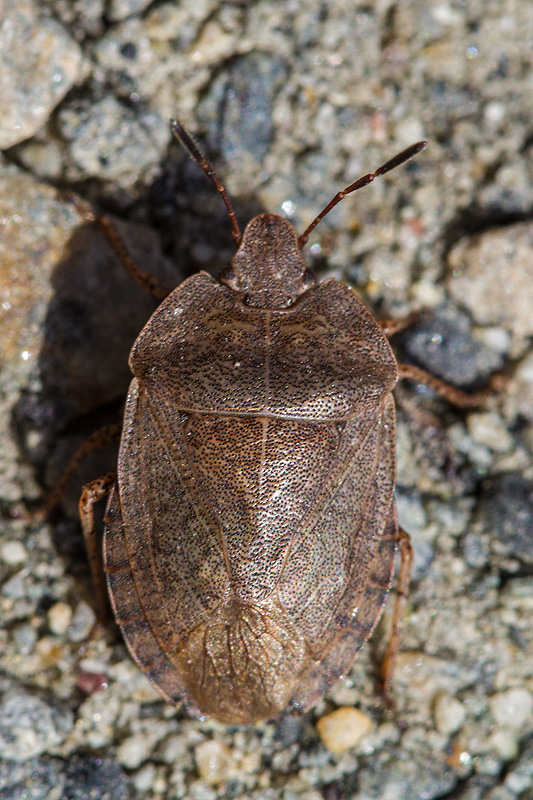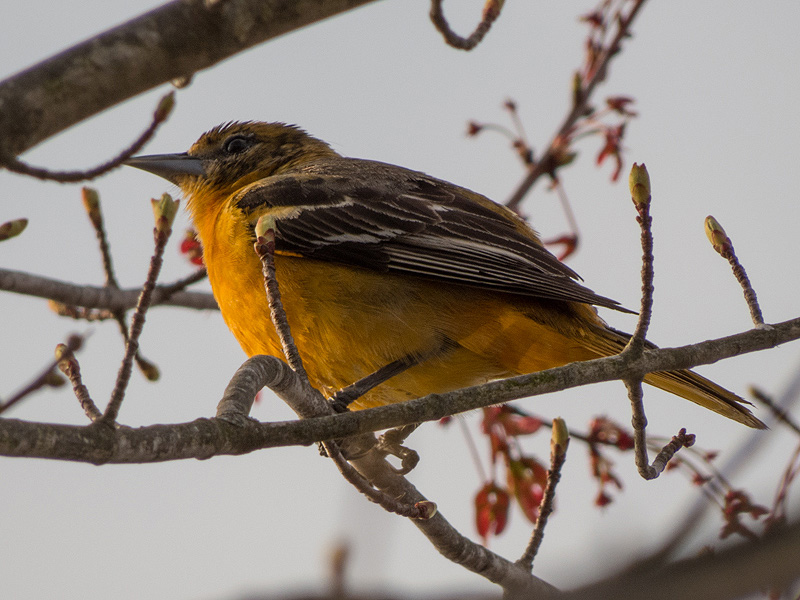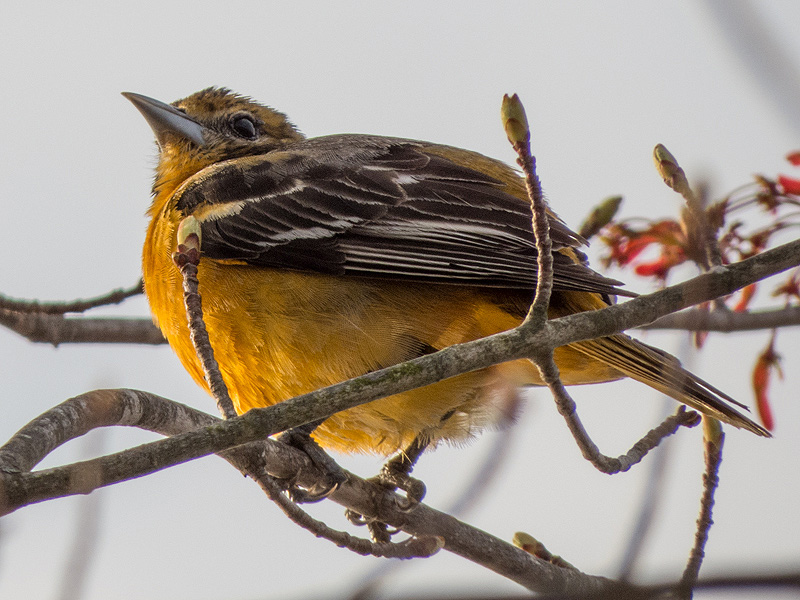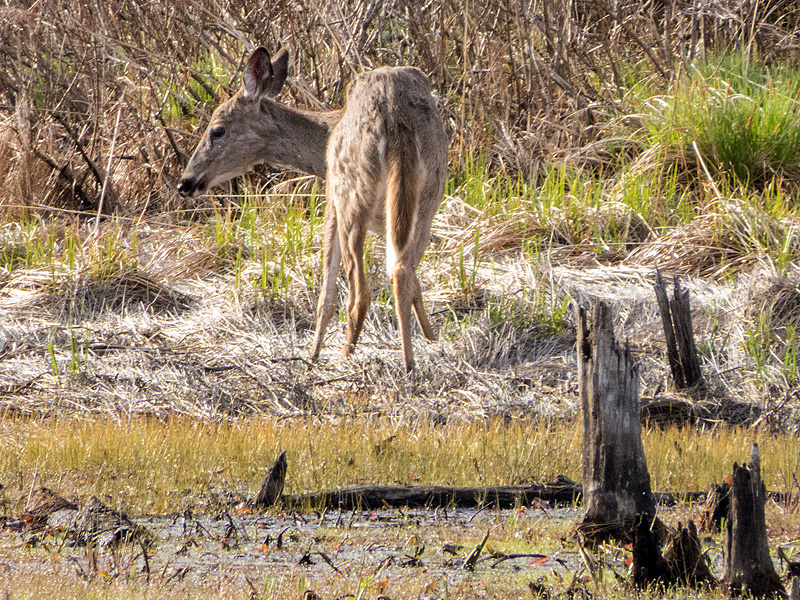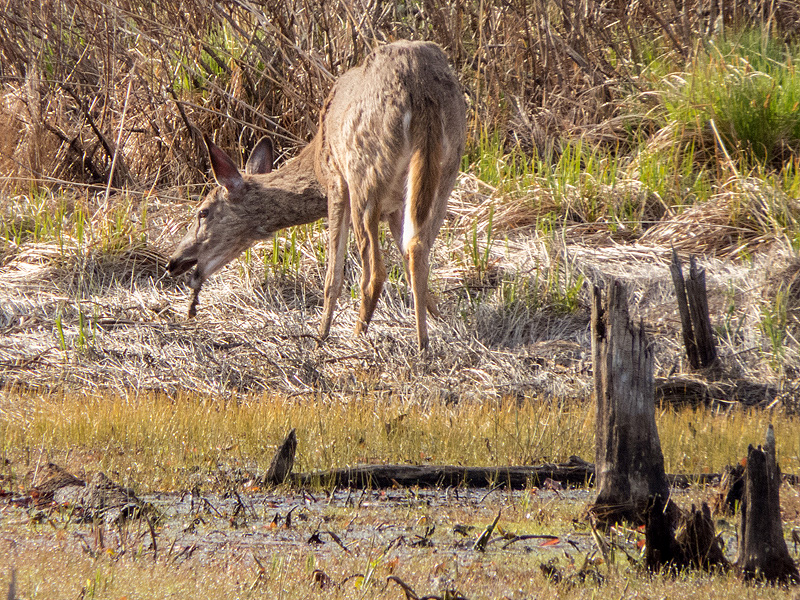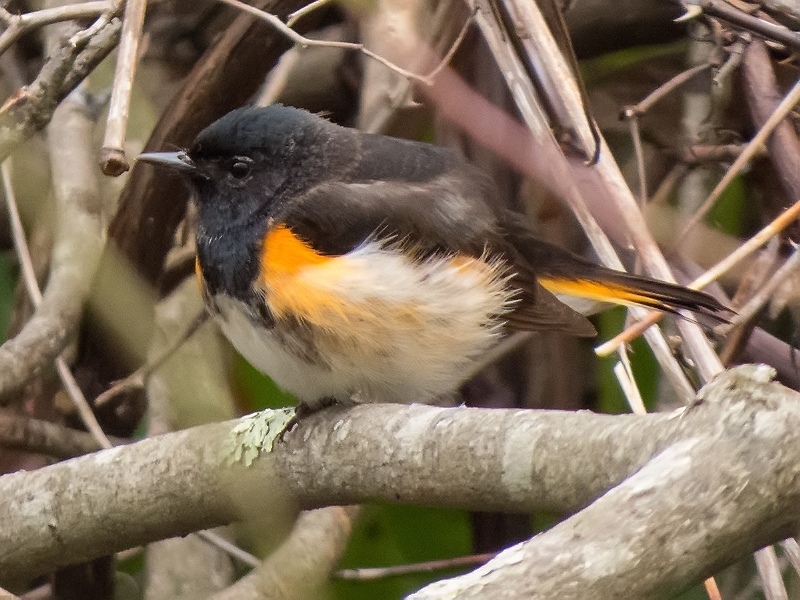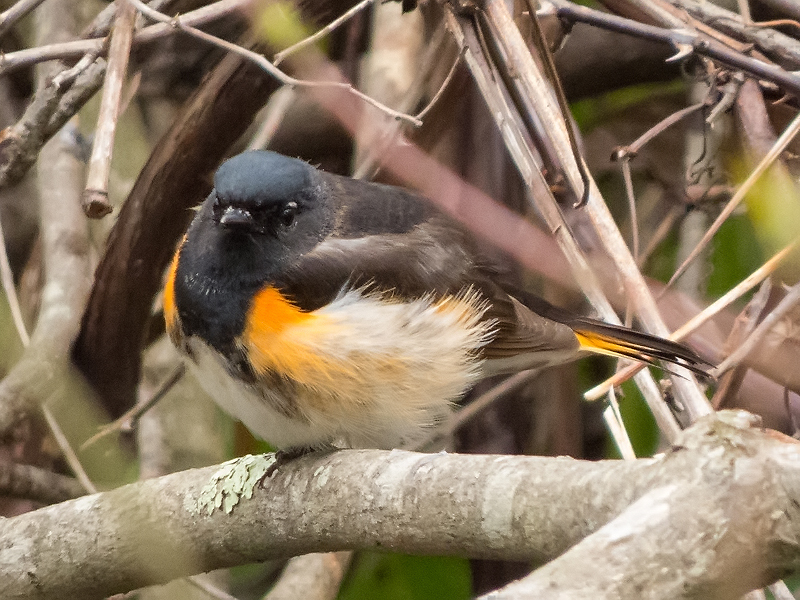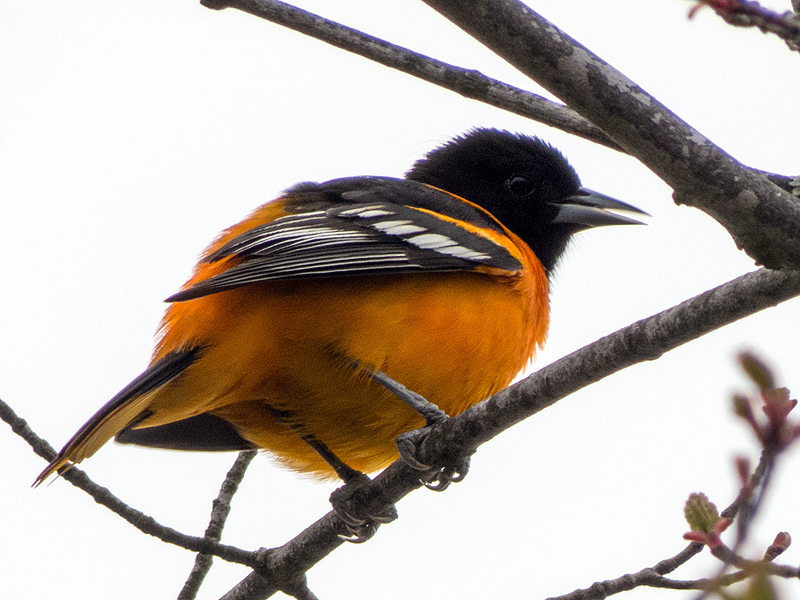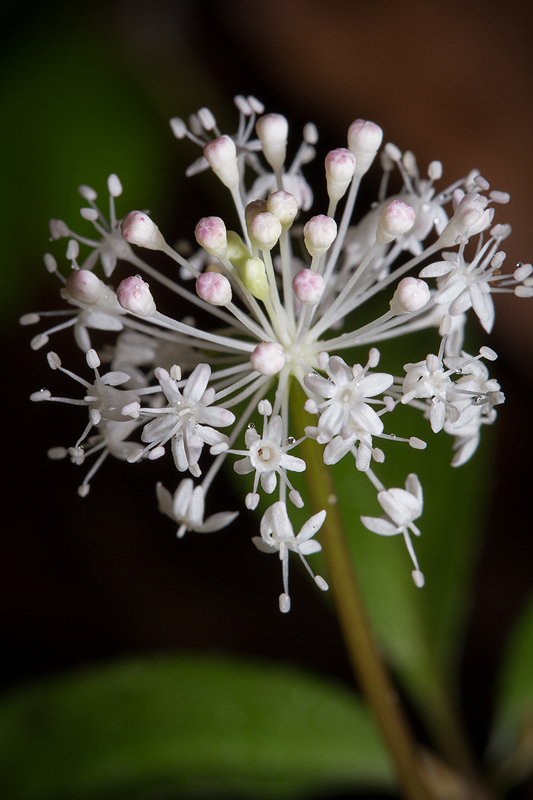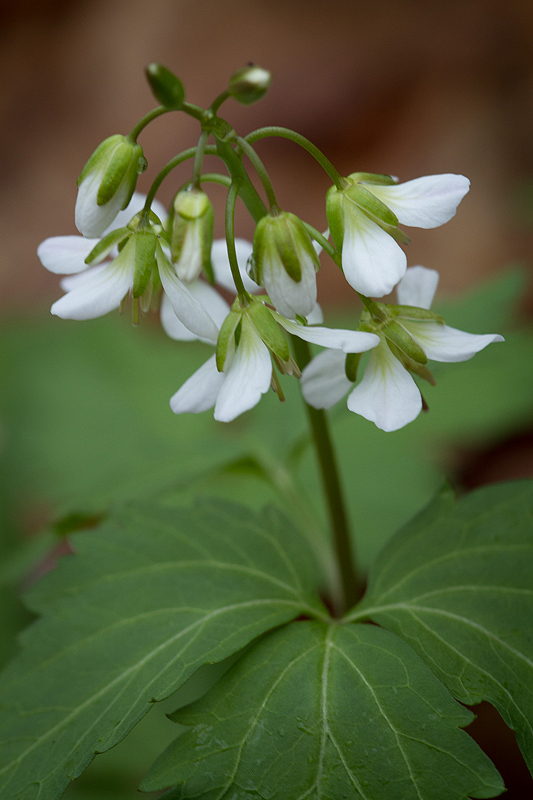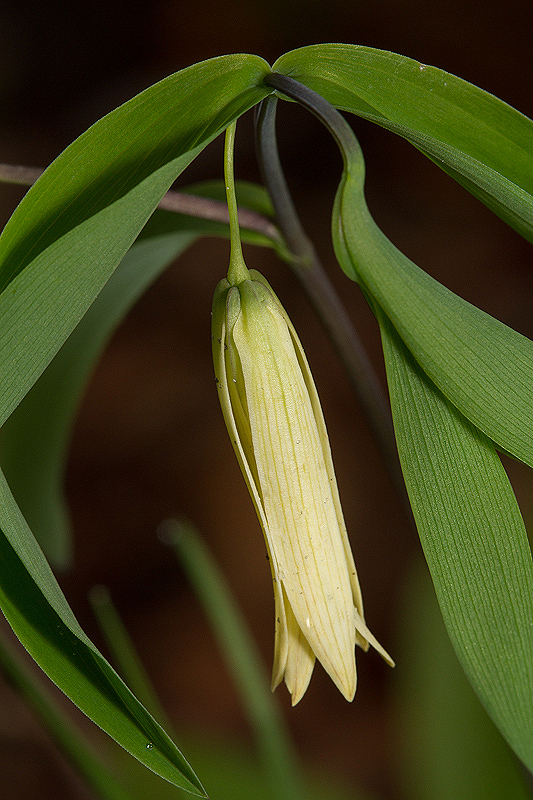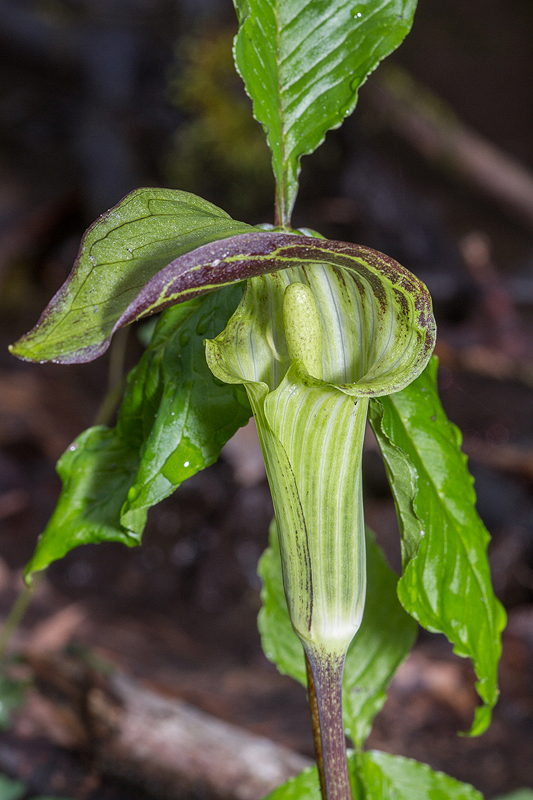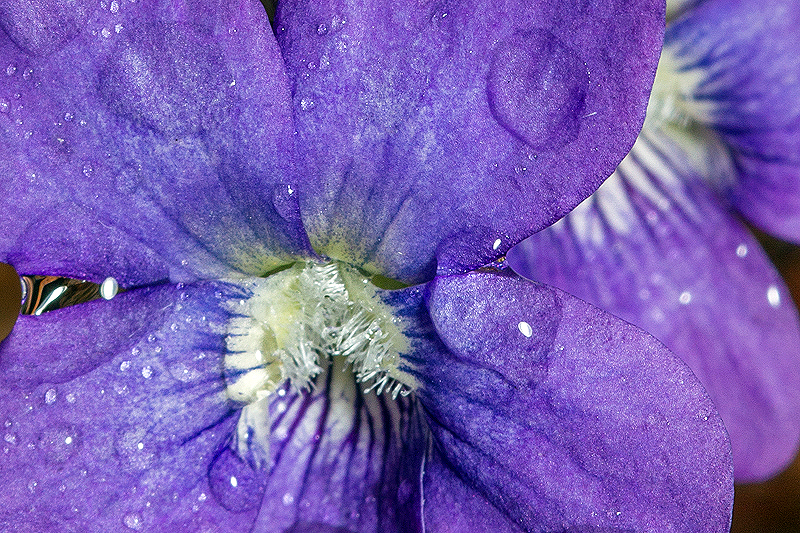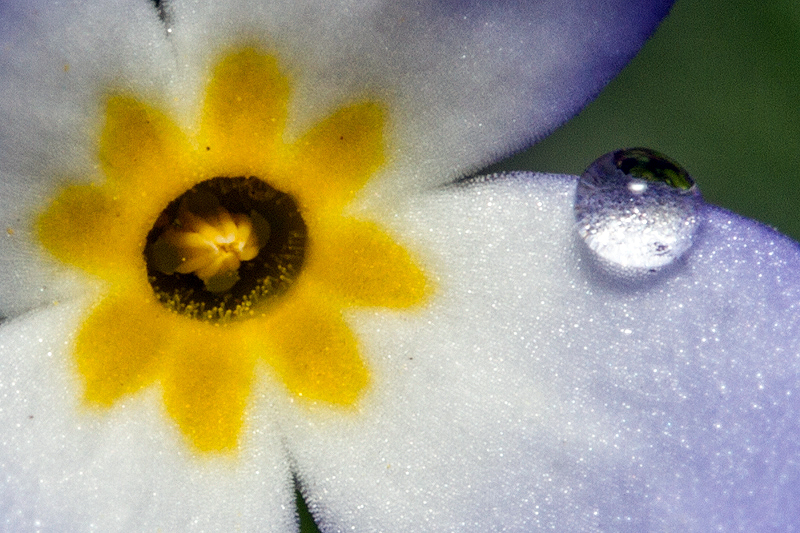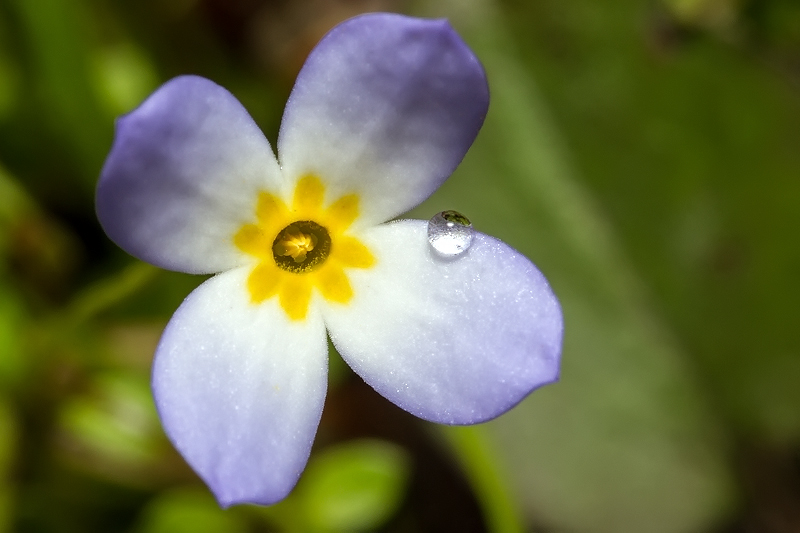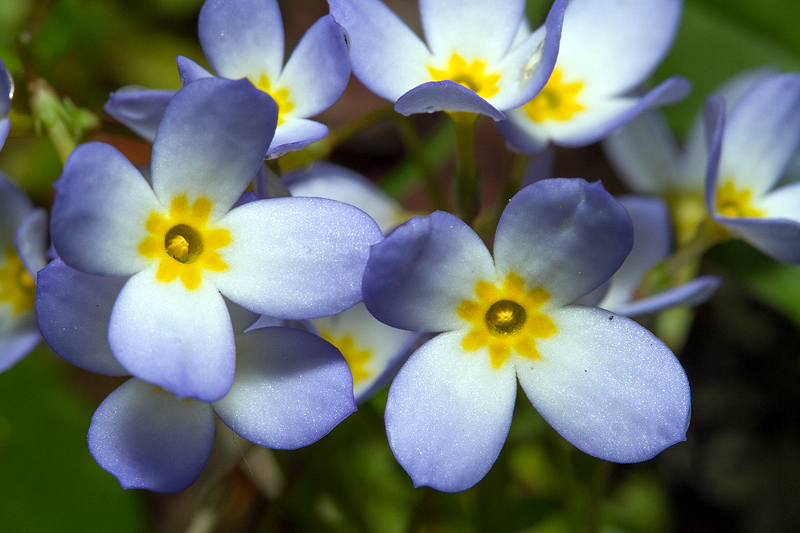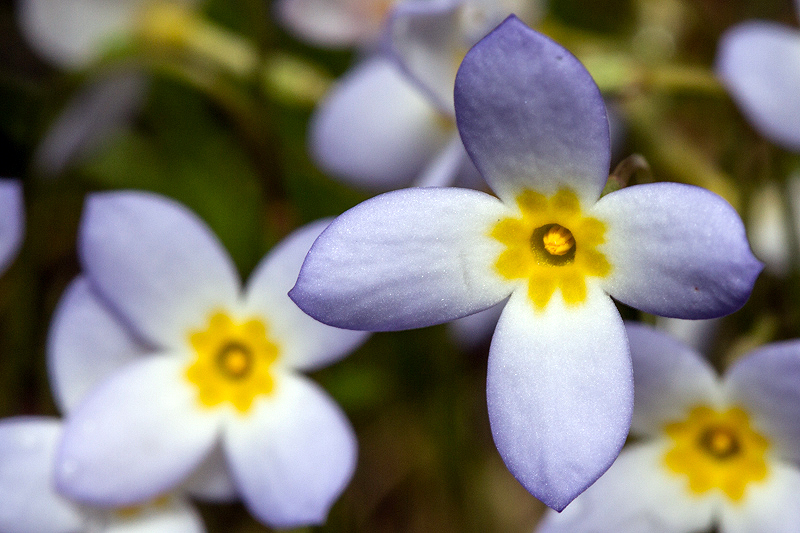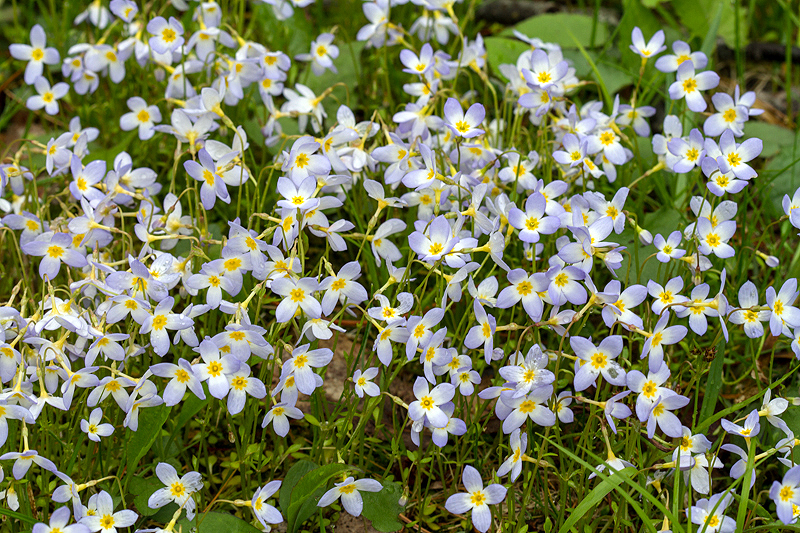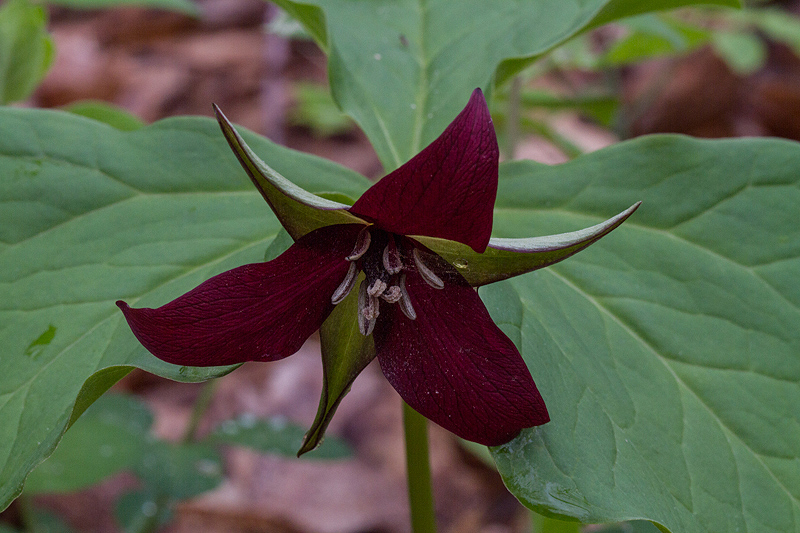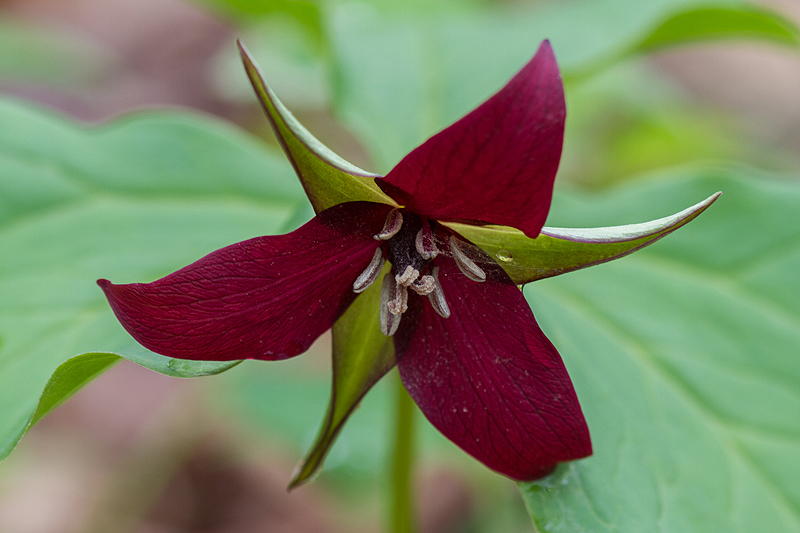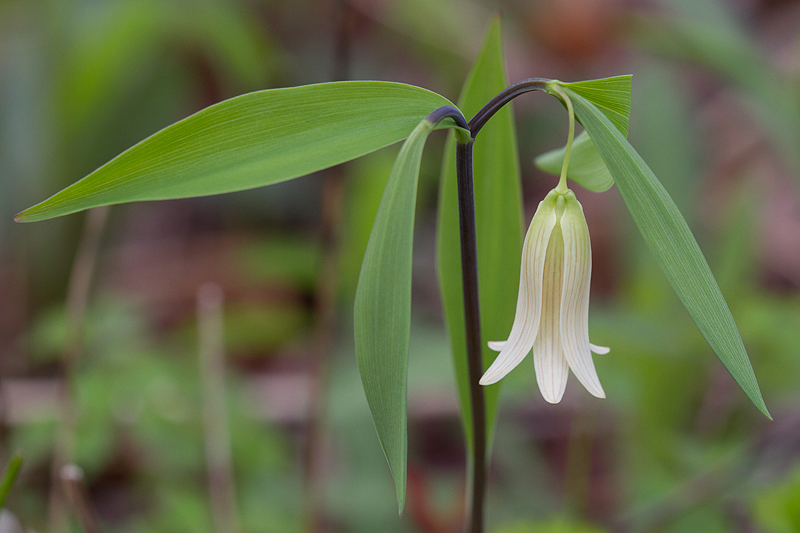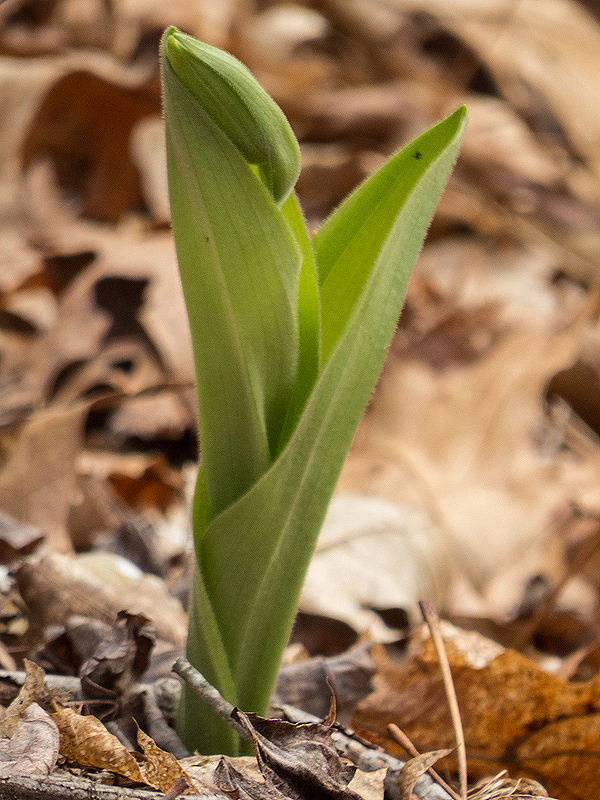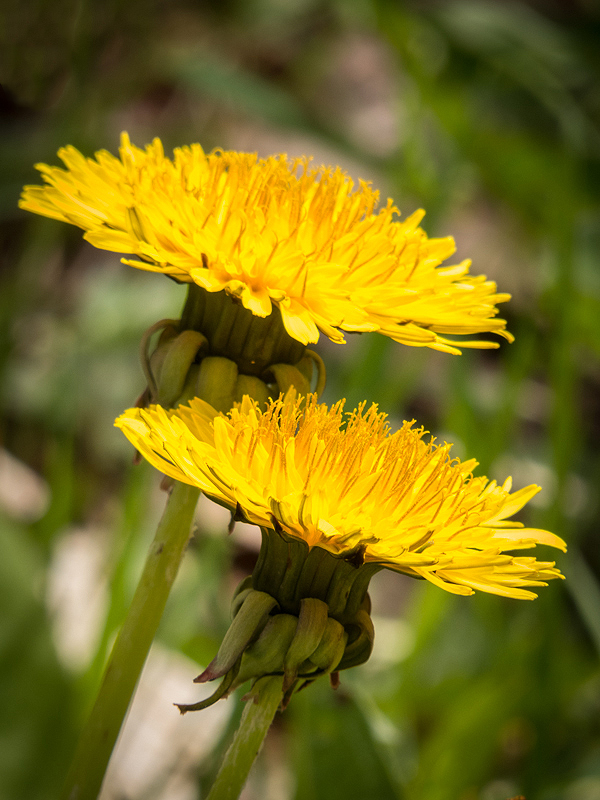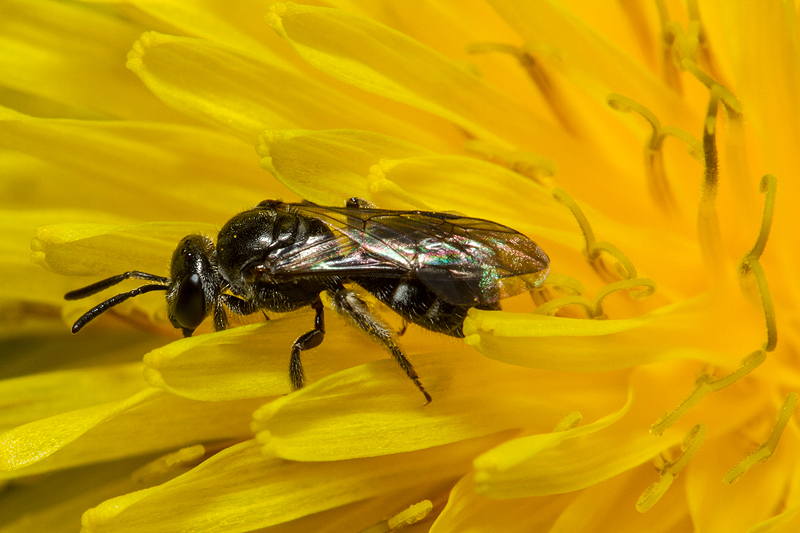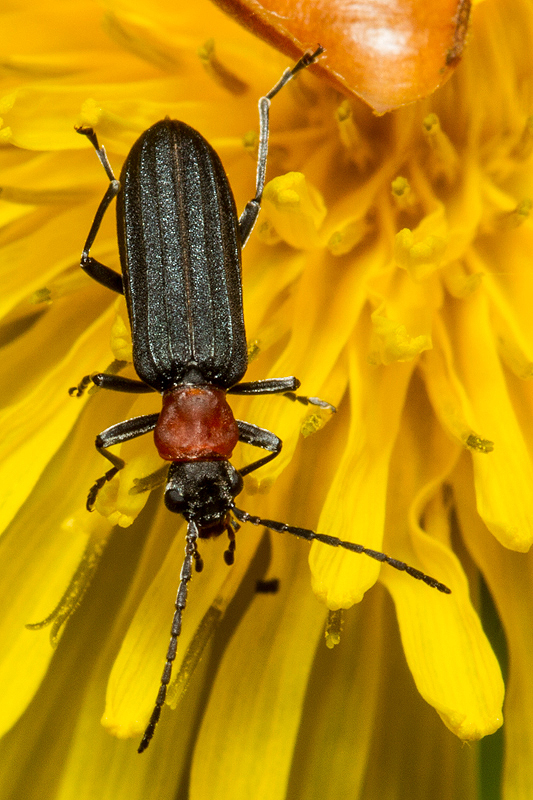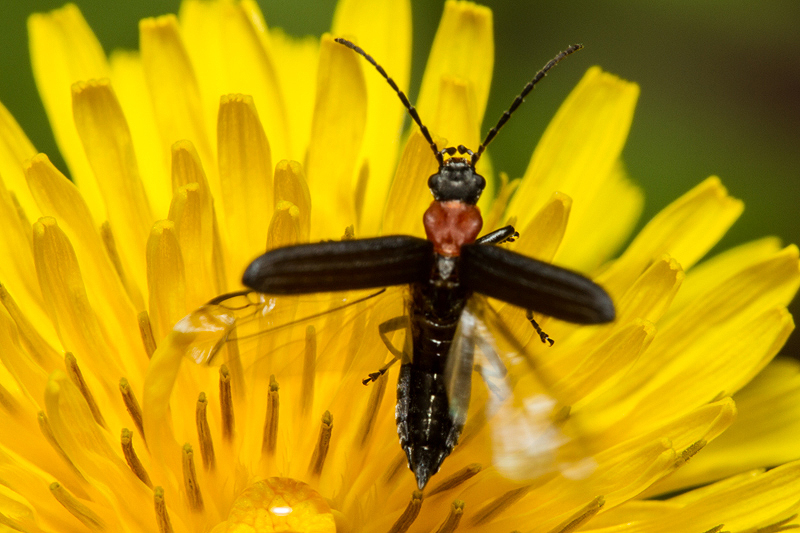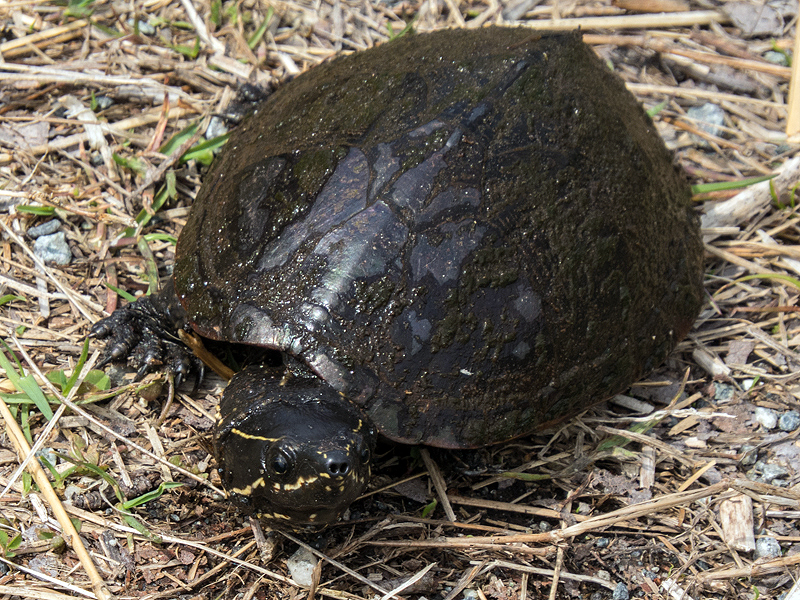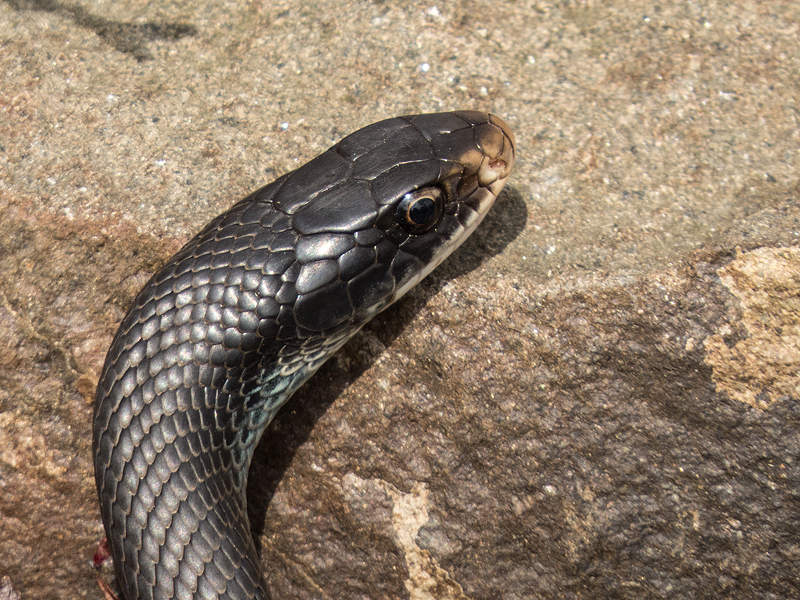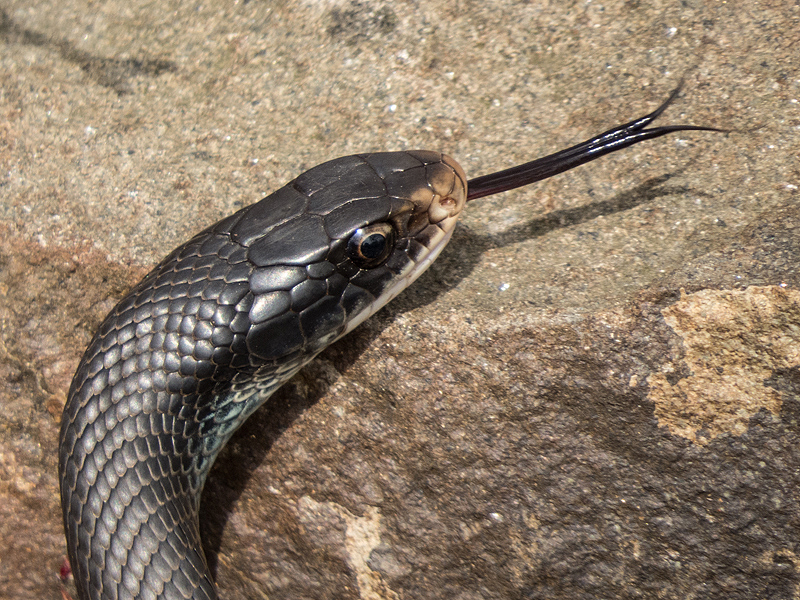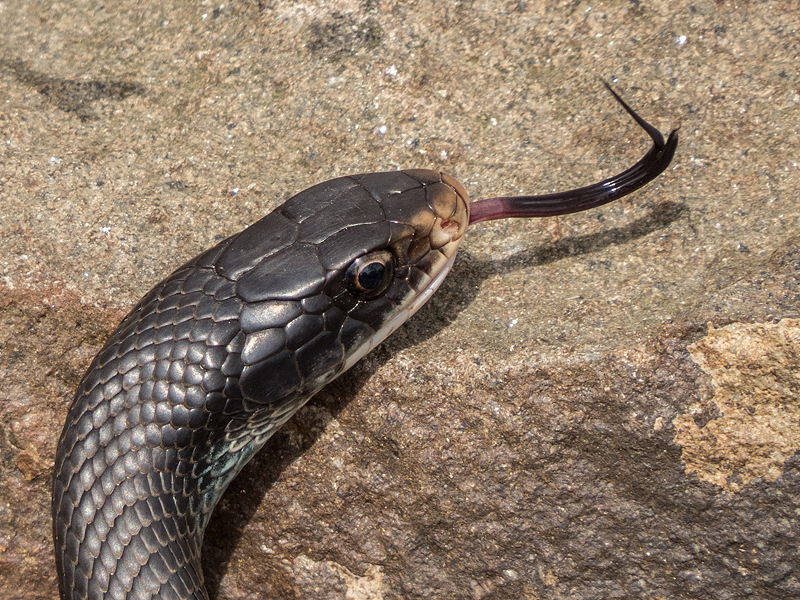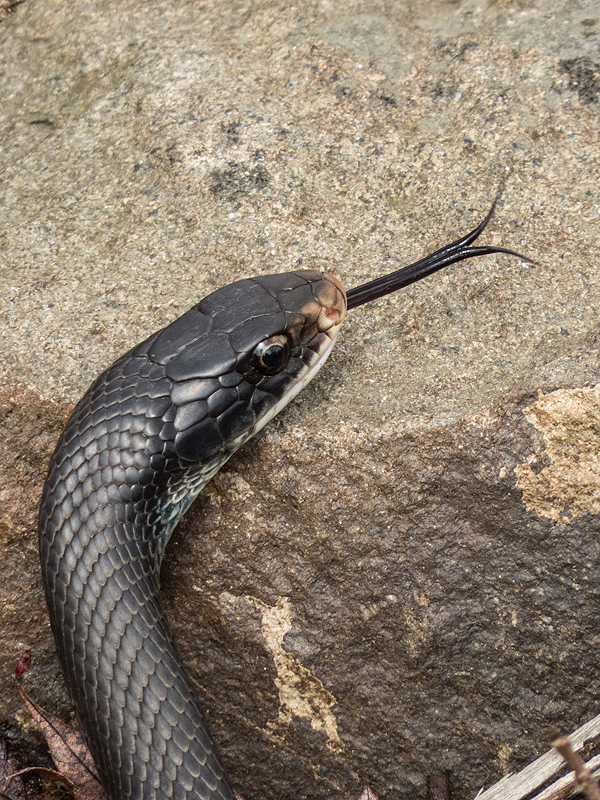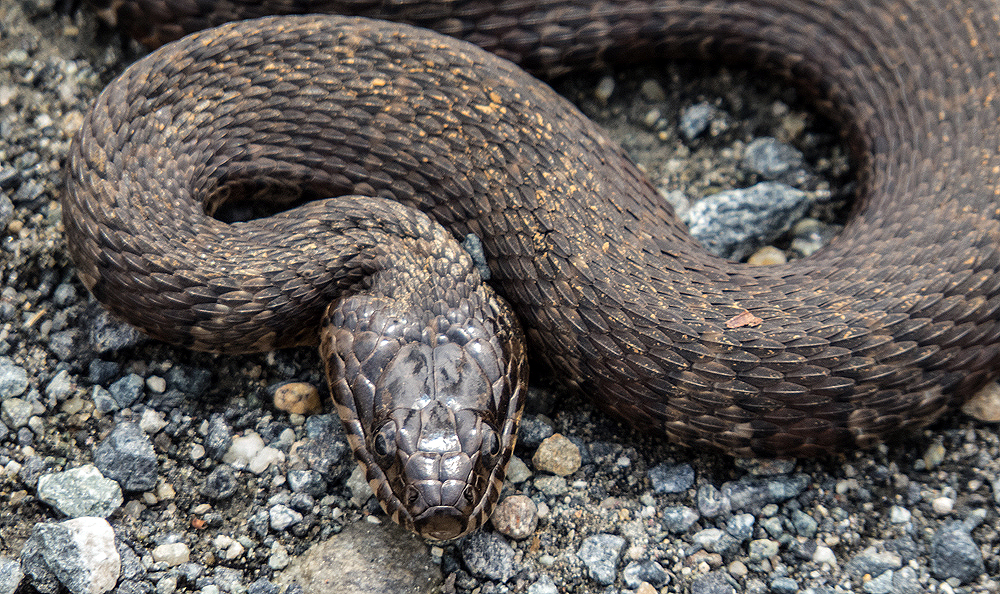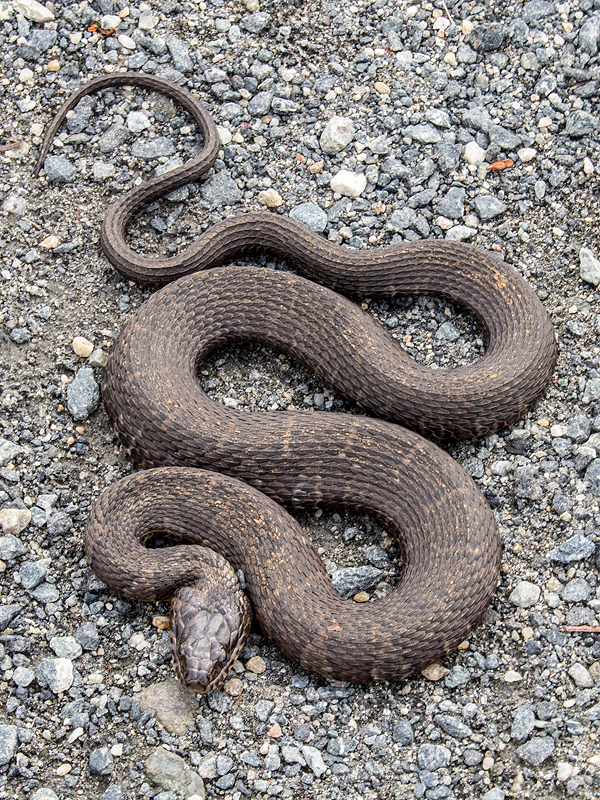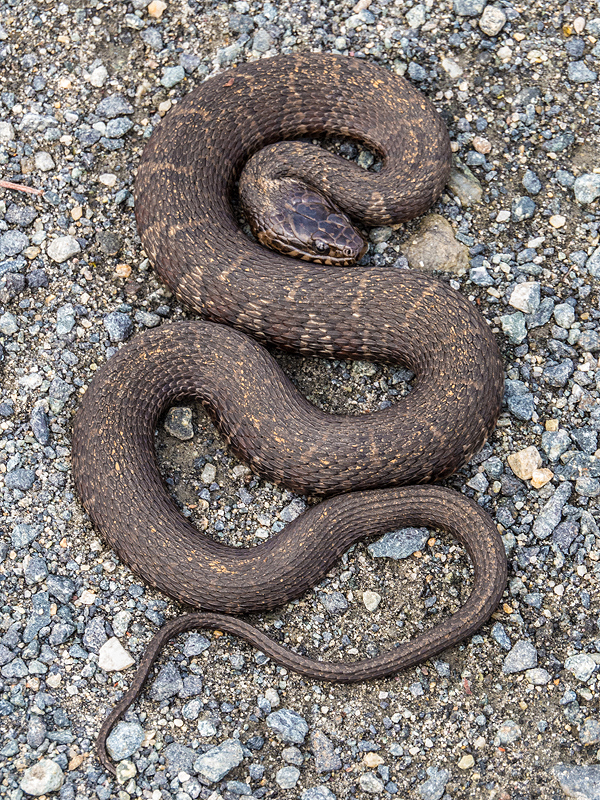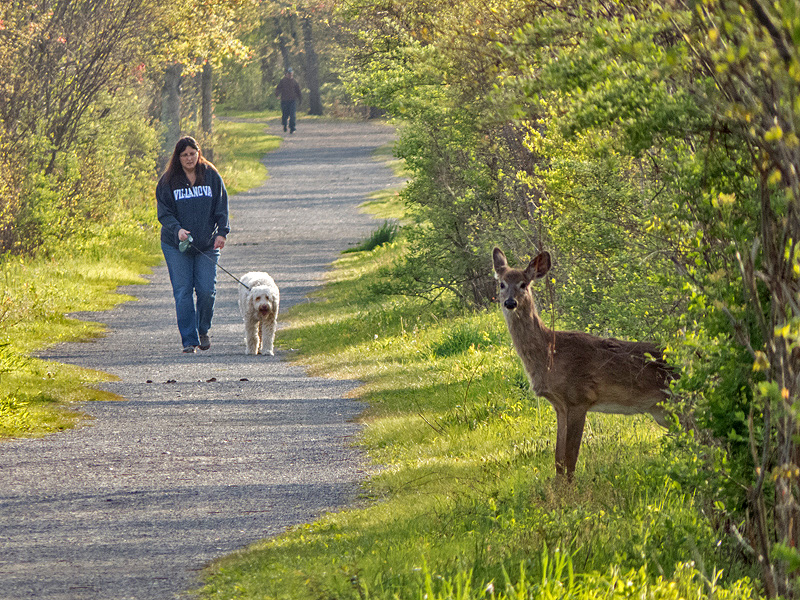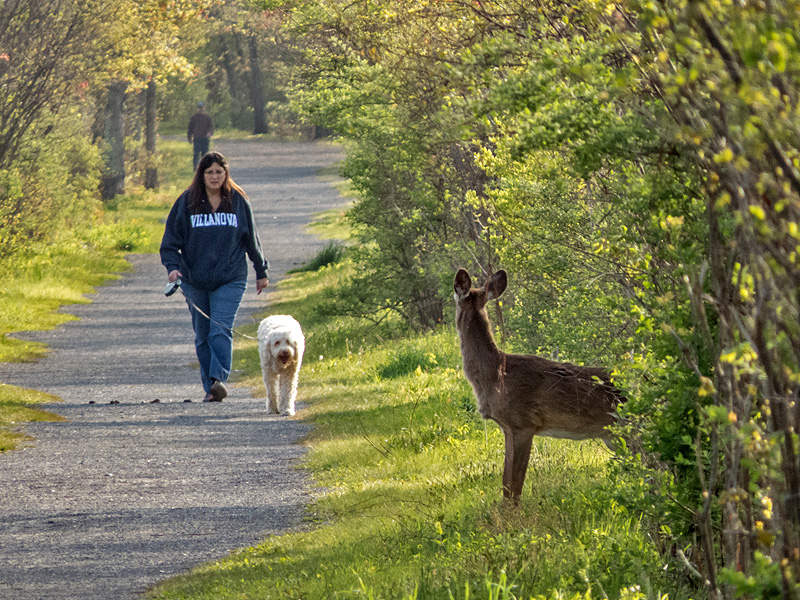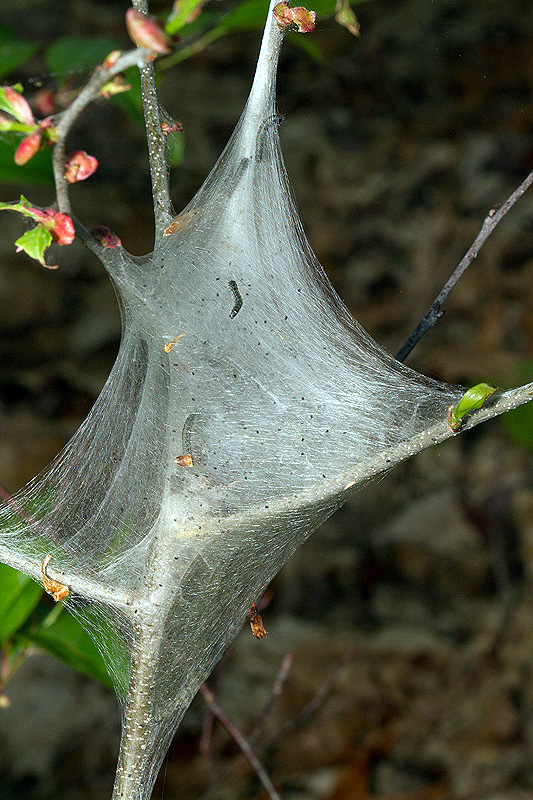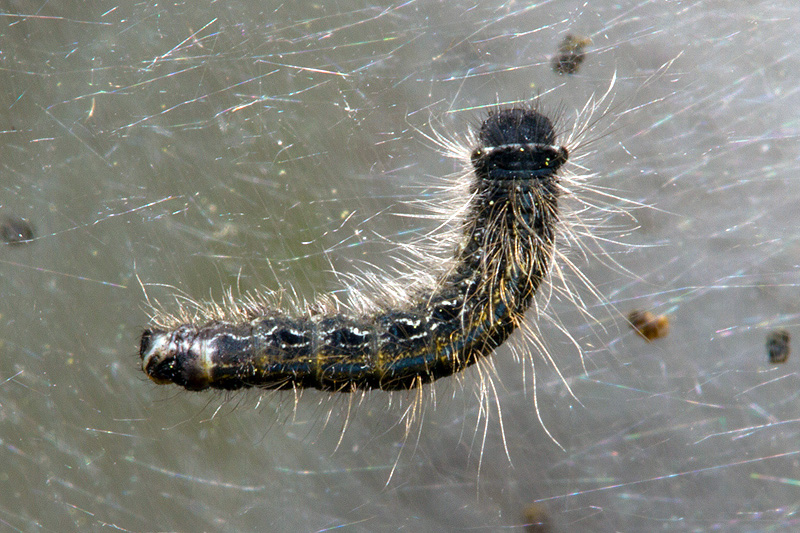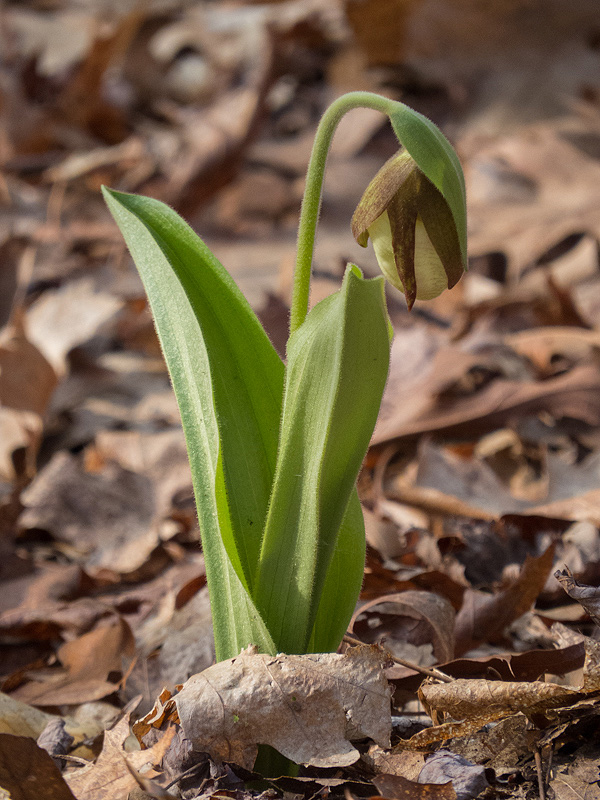Along the Air Line... 2014 - Spring, Part 5 The Air Line Trail in Eastern Connecticut - Stan Malcolm Photos |
mHome Page Stan's FlickR Albums |
May 7th. A good year for Red Trillium (Trillium erectum). |
|
|
\
|
|
Dandelion (Taraxicum officinale). |
\
|
Lots of Violets near the lumber yard. |
Wild Strawberries (Fragraria virginiana). |
|
Jack-in-the-Pulpit (Arisaema sp.). |
|
Shadbush or Serviceberry (Amelanchier sp.). |
|
Red Maple (Acer rubrum) seeds are developing. |
A Bumblebee taking pollen from Wood Anemone (Anemone quinquefolia). |
A Stink Bug (Family Pentatomidae). |
May 8th. Baltimore Orioles (Icterus galbula) are back at the marsh. (...and in my yard where a half dozen are visiting my suet.) |
This looks like an immature male not quite into breeding plumage. |
One of three scruffy White-tailed Deer (Odocoileus virginianus) far across the marsh. (The other two deer had already retreated into the brush.) |
Not sure what this one was eating but it didn't look very tasty. |
May 9th. Cloudy afternoon following a rainy morning. Only the second time I've seen an American Redstart (Setophaga ruticilla) on the trail - and the first time I've managed to photograph one. |
It was flitting among overhanging branches at the marsh's exit stream. |
A male Baltimore Oriole (Icterus galbula). |
|
Toothwort (Dentaria diphylla). In the mustard family. |
Sessile Bellwort or Wild Oats (Uvularia sessilifolia) flowers have opened. |
Jack-in-the-Pulpit (Arisaema sp.). |
Golden Alexanders (Zizia aurea) are just starting to open. |
Large Violets still wet from the morning rain. |
May 10th. Warm and humid after morning showers. Bluets or Quaker Ladies (Houstonia caerulea) are in their prime. |
|
|
|
|
Most of my pictures of Red Trillium (Trillium erectum) are taken with back lighting or flash. Today's flat, overcast light made for more representative if less artistic colors. |
|
Sessile Bellwort or Wild Oats (Uvularia sessilifolia), more fully open than yesterday. |
Lady's Slipper orchids (Cypripedium acaule) are taller and beginning to show buds. |
Dandelions (Taraxacum officinale) are beautiful, and an important early spring food source for bumblebees, other bees, and other insects. Let them bloom! |
I'm pretty sure this and the next picture are of Andrenid mining bees (Family Andrenidae). |
|
Red-necked False Blister Beetle (Family Oedemeridae, Asclera ruficollis). It feeds on pollen in the spring. |
|
Great weather for "herps". This is a Stinkpot mud turtle (Sternothaerus odoratus). |
Four Painted Turtles (Chrysemys picta) soaking up the warmth. |
An Eastern Racer (Coluber constrictor). Much less common at the marsh than Northern Water Snakes. It's not unusual to find these curled up in shrubby trees, hunting birds. |
Scales of Eastern Racers lack keels (i.e., are smooth). Underside bluish. |
I was being watched. I learned to focus the camera and then shift my weight between feet. That slight movement was enough to get the snake to "sniff" me with its tongue. |
Nice snaky. |
|
Not far away, a smallish Northern Water Snake (Nerodia sipedon) was stretched out sunning on the trail. A good place to get run over by a bicycle. Most Northern Water Snakes will beat a hasty retreat if approached. |
Not this one. Each time my foot got close, he tried to strike it. Note the keeled scales and subtle patterning. |
|
|
I gave up and left him where he was. |
Not far away, another Northern Water Snake was stretched out on the trail. This one behaved normally, slithering off into the vegetation when I got close. |
May 13th. White-tailed Deer (Odocoileus virginianus) busy watching me, unaware of Lauren and Cooper approaching. |
Both Cooper and the deer were pretty relaxed about the encounter. |
Eastern Tent Caterpillars (Malacosoma americanum) have begun nest building. |
Early instars shelter in the silken nest, then disperse to feed (typically on cherry, apple or other fruit bearing trees and shrubs). |
Some Lady's Slipper orchid (Cypripedium acaule) buds are expanding, but no where near full size or color. |
